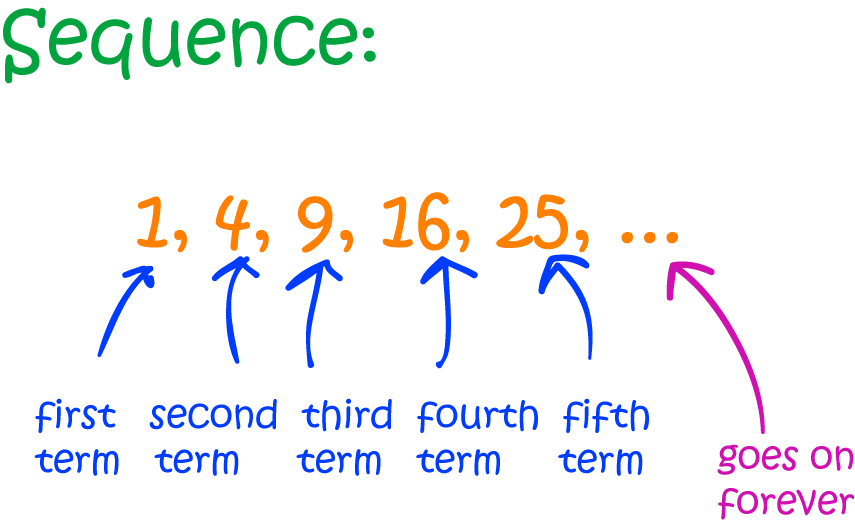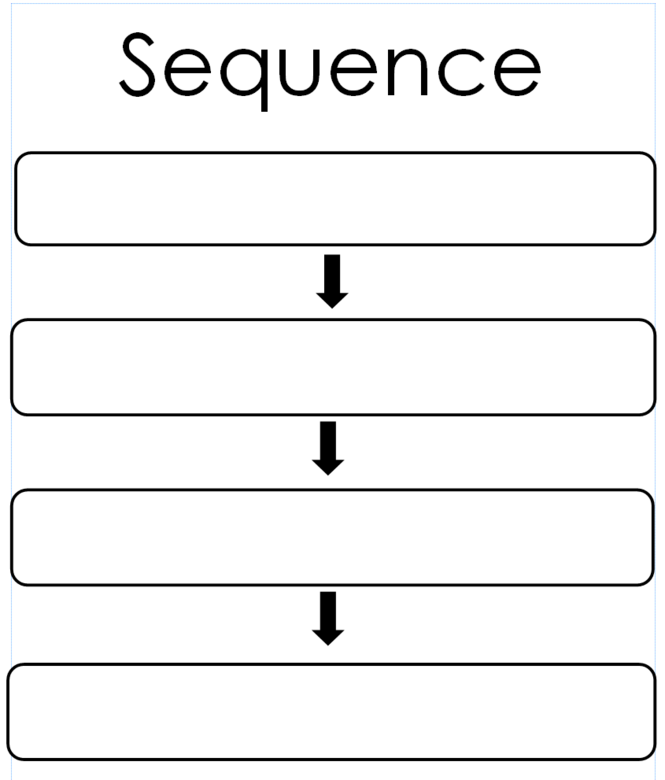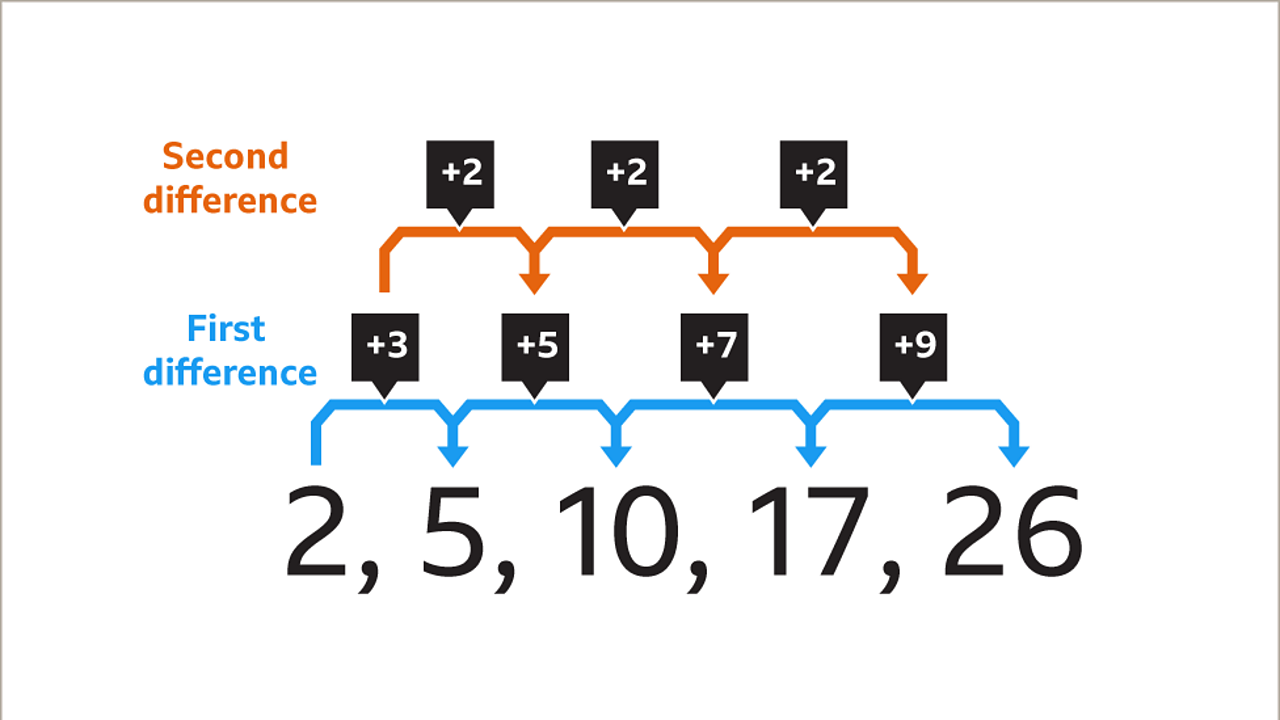Low battery
Battery level is below 20%. Connect charger soon.
· revision notes on quadratic sequences for the cambridge (cie) igcse international maths syllabus, written by the maths experts at save my exams. · this video provides a basic introduction into arithmetic sequences and series. Like a set, it contains members (also called elements, or terms). The meaning of sequence is a hymn in irregular meter between the gradual and gospel in masses for special occasions (such as easter). The following of one thing after another; Determine the nth term use a difference method to find the formula for a linear sequence (video 10. 02)or a simple quadratic sequence (video 10. 03) igcse extended learning objectives – … Sequence synonyms, sequence pronunciation, sequence translation, english dictionary definition of sequence. Definition of sequence noun in oxford advanced learners dictionary. When things come in sequence, they come in a specific order. A following of one thing after another; But a sum of an infinite sequence it is called a series (it sounds like another name for sequence, but it is actually a sum). · when we talk about the ascending order of a sequence, we refer to arranging the terms of the sequence from the smallest to the largest. · learn about cubic sequences and quadratic sequences for your igcse maths exam. It explains how to find the nth term of a sequence as well as how to find the sum of an arithmetic sequence. See examples of sequence used in a sentence. Meaning, pronunciation, picture, example sentences, grammar, usage notes, synonyms and more. This concept is straightforward and is … A series of related things or events, or the order in which they follow each other: How to use sequence in a sentence. This method is often used when the terms of the series are not in an … This revision note covers the key concepts and worked examples. The method of difference is a technique used in the study of sequences and series, particularly in finding the sum of a series. In mathematics, a sequence is an enumerated collection of objects in which repetitions are allowed and order matters. A sequence of events or things is a number of events or things that come one after another in a particular order. When we sum up just part of a sequence it is called a partial sum. It could be a chronological sequence, a sequence following a pattern (red-blue-brown, red-blue-brown), or a cause-and-effect …




